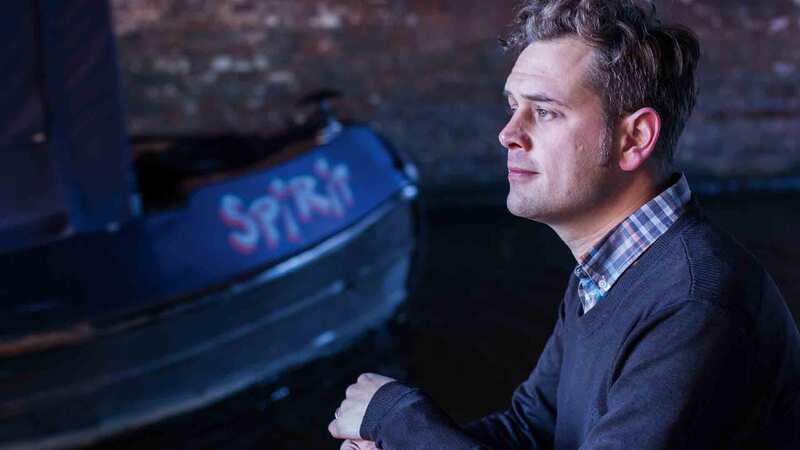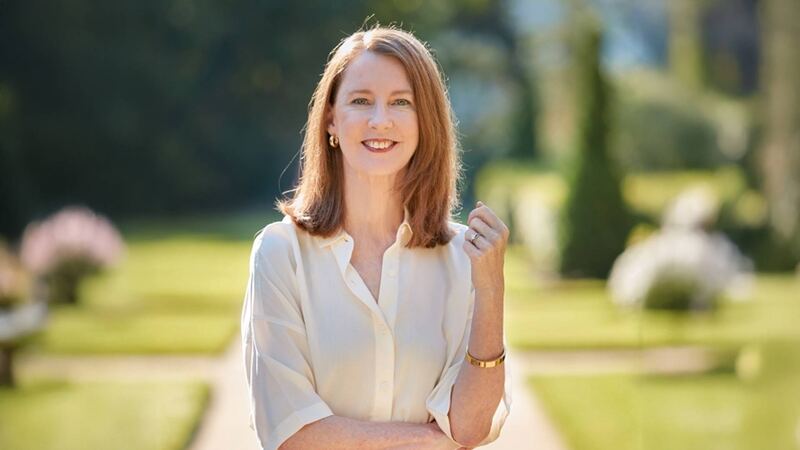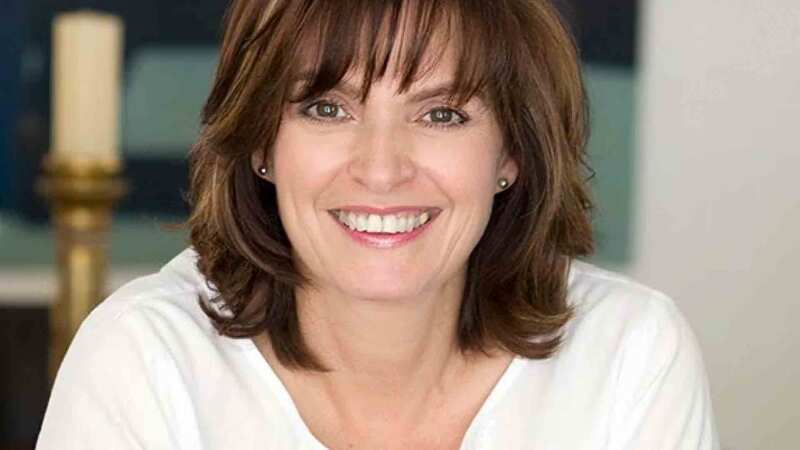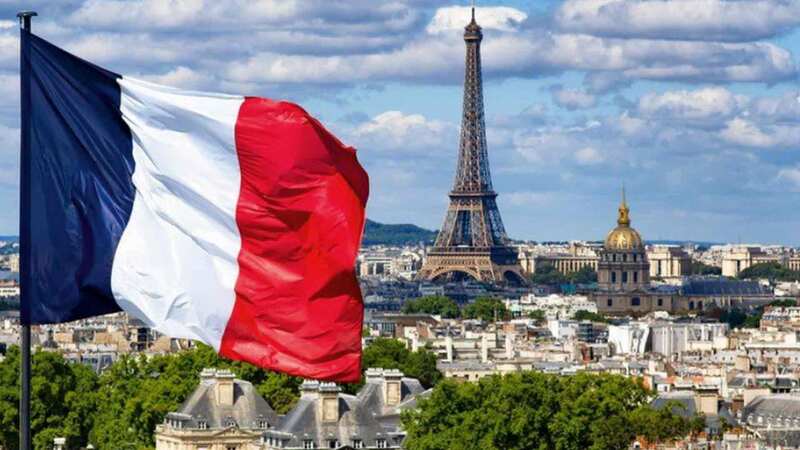You are viewing your 1 free article this month. Login to read more articles.
Why we love dystopian stories
'Beloved men, know that which is true: this world is in haste and it nears the end.’
These are the dread opening lines of ‘The Sermon of the Wolf’, an address to the English people, nearly a thousand years ago. In it, Archbishop Wulfstan exhorted his beleaguered countrymen to a self-examination of their present - a world as he saw it of ‘stealing and slaying, plague and pestilence, murrain and disease, malice and hate’. His message was clear; let us do as is needful for us, protect ourselves as earnestly as we may, lest we all perish together. In other words, watch out today - or you will face the wrath of the Antichrist tomorrow.
We may not now fear the Antichrist, but it only goes to prove that such dystopian visions have always existed in the human mind - and so too in the stories that flow out from it. From the eating of forbidden fruit in the Garden of Eden, mankind has long been obsessed with the idea of its fall from Utopian grace. And dystopian tales are a touching of this void, existing to remind us of our subconscious fears: Beware! They shout. The gingerbread house is not all that it seems.
These stories have certain things in common. They tend to examine mankind alienated, the spirit crushed, desires abased, technological advances that have rendered nature obsolete, and destructions that have left humanity wretched. A dystopian world is a terrifying state where the individual spirit is oppressed by corrupt powers outside, powers that wish to dominate - mind and body.
These are rich seams to be picked. No wonder we are still writing dystopian fiction. No wonder teenagers and adults are still devouring it. As a genre it has an appeal that will not wane since it mines the psychology of fear: a strong and predictable emotion, that from Wulfstan’s Antichrist to Al Gore’s Inconvenient Truth - has had a profoundly motivating effect on human thought and behaviour. Stories thrive on conflict. They eat vivid settings. They dance when the stakes are high and the prizes great and the dangers manifold.
I was in Russia not long after the Soviet Union collapsed and saw society in freefall. It condensed the already latent guilt and suspicion I felt about living in a kind of Western bubble - a world where everything we take for granted on a daily basis is in fact an act of extreme organization. Without realizing it at the time I think those experiences helped forge some of the details of the world I created in my book, After the Snow, which tells the story of a naïve boy journeying into the heart of a recognizable yet broken society, and the dilemmas he faces, physically and emotionally.
Writing the story felt to me like an exploration of circumstance: What would western civilization look like with a few tumbles under its belt? What would happen if the things we took for granted disappeared. We all have the capacity to survive, but in what manner? What can we rely on in those times of trouble?
A dystopian vision? Possibly. And why should young adults be interested in these issues? Perhaps they are interested in a future that they are soon to become masters of. Maybe this dawning realisation brings with it a sense of positive responsibility, maybe an angry rejection of the status quo. Either way, they are curious to explore that dark and tangled forest in which - from Red Riding Hood to Dante - many have so famously strayed, metaphorically, from the path.
It could be argued that being alive in the West at this moment in time, might one day be seen as a halcyon age. The world we have inherited is the proverbial oyster as never before. There has been (virtually) no war on home soil for nearly seventy years. We have gushing hot water, heating on demand, and an abundance of food so great we fear obesity. We have freedoms previously undreamt of, and an almost complete lack of social restraint.
But every generation has its own obsession with the demise of mankind and a particular vision of that hell - as if the promised Utopia of any age must have its dark shadow. These fears are mirrored in the books that are carried in our pockets, the concerns we discuss, and hopefully the solutions we propose. Because for all this physical comfort, the world is indeed a frightening place. Dystopian visions abound of inhuman technology and totalitarian states subsuming the individual. When I was growing up it was the threat of nuclear holocaust. For the current generation it is the threat of overpopulation, terrorism, and of course irreversible man-made climate change. Ever since that first picture of planet earth was seen from afar - hovering, delicate, a beautiful ball of blue floating in an empty infinity; ever since mankind saw that image we began to fear for our tenuous existence on this floating life raft in space.
As writers, we are certainly not alone in sensing this disquiet. And how, we might ask ourselves, do we test the moral fibre? I am certain that fear will not lead us home. Rather than laying a trail of breadcrumbs, we have to outsmart the wicked witch. In the snow-covered world I envisage in my book, it is the great oscillating forces of Nature that have changed the world.
There are, of course, a thousand visions. And I have posited this one allegory, not new by any means, that the struggle is timeless, that whatever happens, we have to rely on our own intuition and resources. Our great capacity for love and spiritual intelligence, and instead of guilt and fear, a belief in hope for the future. Otherwise - what point story? Or, as the renegade survivalist, John Blovyn, might say:
Optimism! We must all share it.
Around the fire. When we Meet.
When we Tell.
We must pass this gift to our children.
S.D. Crockett is the author of After the Snow, out now, published by Macmillan.















